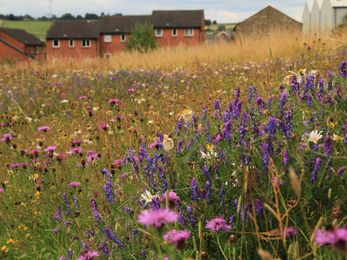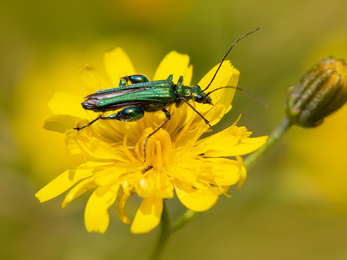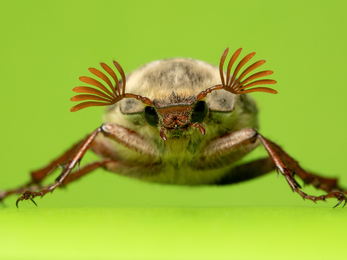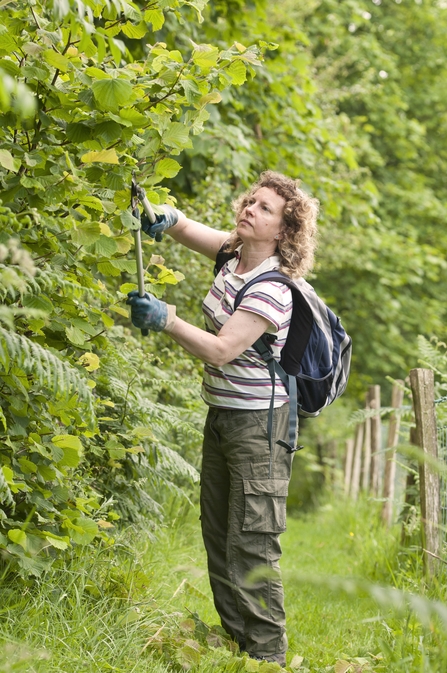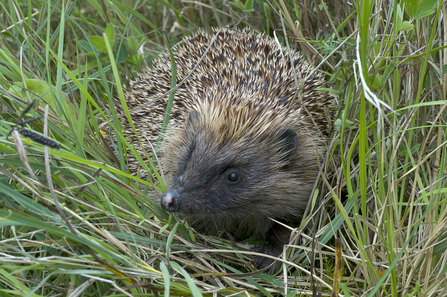Welcome to the May edition of our wildlife-friendly gardening blog.
May is arguably one of the loveliest months in the British countryside. Uncut verges of ‘Dorset lace’ (cow parsley), sweet vernal grass, stitchwort and hawkbits, to name just a few, look stunning at this time of year and provide important food and shelter for insects, small mammals and birds. Since the 1930’s we have shockingly lost over 97% of our wildflower meadows. So, appropriately managed verges are good for wildlife and for us – it is estimated that road verges may be the only daily contact with nature for over 23 million commuters - another shocking statistic.
You can help by creating a mini wildflower meadow in your garden. Check out our mini meadow guide for top tips on how to bring your patch to life with a blaze of colourful wildflowers. The easiest thing you can do, however, is to stop mowing your lawn and wait to see what comes up. You can do this for a month with No Mow May or, even better, pack away the mower for the whole summer! Think of all that free time you will gain and the energy (yours and the electricity/petrol) you will save. There is lots more information in our wild-about-lawns guide.


